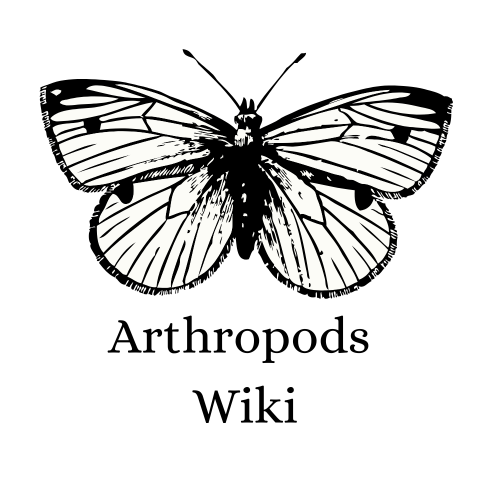Fannia scalaris, also known as the latrine fly, is a fly species in the Fanniidae family. This species is smaller and more slender than the house fly, Musca domestica, and is similar in appearance to the lesser house fly, Fannia canicularis.[1][2] The life cycle of this species can be as long as one month.[3] These flies are globally distributed in urban areas as they are drawn to unsanitary environments. F. scalaris is a major cause of myiasis, the infestation of a body cavity by fly maggots. The adults infest bodies that have decomposed, making the species an important part of forensic entomology. The larvae of this fly have adapted protuberances, or feathered appendages, that allow them to survive in such a moist environment. Entomologists continue to research the effects that F. scalaris may have medically, forensically, and on the environment around them.
Description[]
The larvae of F. scalaris, when full grown, are 6 to 8 mm in length, white or cream colored, and slightly flattened dorsally.[4] They have long tubercles on every segment with the projections of the eighth segment longer than both the seventh and eighth segments put together.[5] The protuberances are feathered due to their preferences for semi-liquid organic matter. They are similar to the hairy maggot blowfly in appearance but smaller in size. During the pupal stage, the puparium is brown in color and the same shape as the larvae.[1]
The adults are black with a silvery-gray coat on the thorax and abdomen. They are 6 to 7 mm long, with clear wings and yellowish calypters. The knob of the haltere is yellow while the stalk is brownish yellow. The dorsal abdomen has a dark median stripe that produces a series of triangular markings with the segmentally arranged transverse bands. The thorax of the adult has three longitudinal stripes.[2] They are darker than F. canicularis. The tibia on the mesothoraic leg has a distinct process, and the coxae have two setae at the apex.[6] The fourth vein on the wing of this species is straight, as compared to it being curved in the house fly.[7] There is a great variance between the sexes of this species, and more is known about the male. For instance; their mid femur does not have blunt spines, the ventral tubercle of the mid tibia is indistinct, and the abdomen has no spots or stripes and is short and broad.
Life history[]
The female can lay 100 to 150 eggs in a batch, usually directly on human or animal dung.[3] The common name for this species, the Latrine Fly, comes from the environment it prefers, a very unsanitary, filthy environment, exemplified in the location that they lay their eggs.[2] Their eggs can also be found in decaying vegetable matter, carrion, nests of birds or other insects, or human cadavers. The eggs are laid in such material because they prefer to feed on high nitrogenous material when they hatch.[4] The eggs hatch in as little as 8 hours, but can take up to 48 hours. It takes 5 days for the larvae to pass through all 3 instars, while the pupal stage takes from 7 to 10 days. The life cycle can last from 15 to 30 days depending on the temperature, as the colder the temperature, the longer the lifecycle will last.
